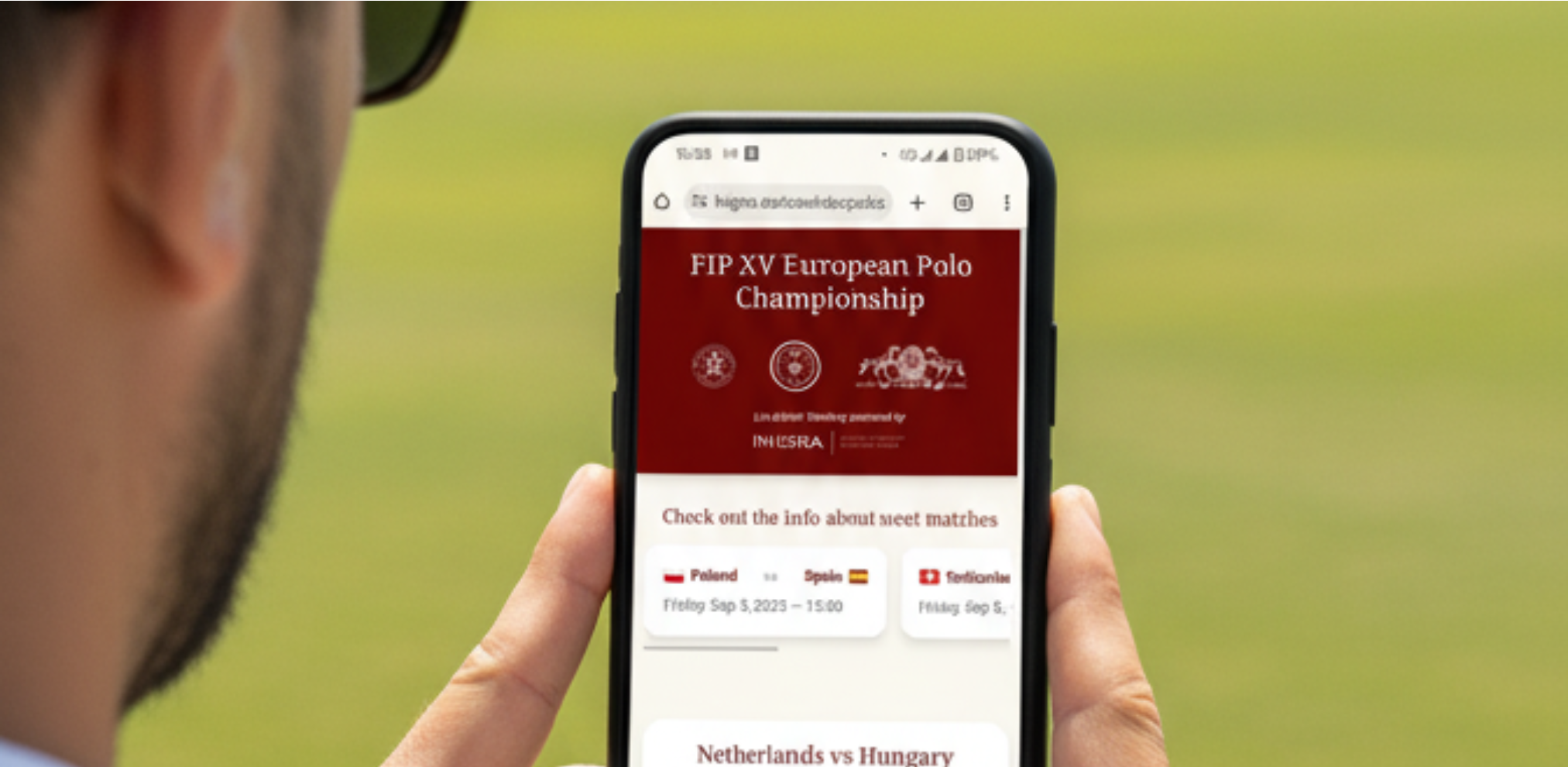Launching a new software product is exciting. Whether it’s a mobile app, SaaS platform, or internal tool — you’re investing time, money, and energy into something that’s supposed to solve a real problem.
But here’s the uncomfortable truth: many software projects fail before the first line of code is even written.
Why does this happen? And more importantly — how can you avoid it?
1. No Clear Problem = No Clear Product
One of the biggest early mistakes is skipping the “why” and jumping straight into the “what.”
You might know you need an app. You might even have a list of features. But without clearly identifying the problem you’re solving, everything else is guesswork.
Tip: Spend time validating the problem with real users. Your app should be a solution to something specific — not just an idea that sounds good on paper.
2. Starting Too Big, Too Soon
Ambition is great. But trying to build the “final version” of your software from day one is a common trap.
Large scope = longer development = higher costs = bigger risks.
The smarter route? Start with an MVP (Minimum Viable Product) — a focused version of your idea that solves the core problem and allows for learning and iteration.
MVP ≠ cheap version.
MVP = strategic launch tool.
3. Misalignment Between Business and Tech
You know what your users want. Your developers know what’s technically possible. But without strong communication between those two sides, things fall apart quickly.
Feature creep, unrealistic deadlines, and unclear goals often stem from a lack of shared understanding.
Tip: Use discovery workshops or product sprints before development to align everyone around goals, value, and priorities.
4. Underestimating Design and UX
It’s easy to focus on what your app does — and forget about how it feels.
But users don’t just need features. They need clarity, speed, and trust.
Poor UX leads to poor retention. Inconsistent design makes your product feel unreliable. The wrong flow kills conversions.
Tip: Treat UX/UI design as a strategic phase, not just a “nice touch.”
5. Assuming Launch = Done
Getting your product live is an achievement. But it’s also just the beginning.
Successful software evolves based on user feedback, data, and market shifts. If there’s no plan for iteration, support, or growth — the product will stagnate.
Tip: Build with scaling and maintenance in mind — not just speed.
So What’s the Fix?
Successful software products don’t happen by accident.
They’re built with:
-
Strategic planning
-
Real user input
-
Agile delivery
-
Clear business goals
-
A focus on value, not just features
Whether you’re a startup founder, product owner, or innovation lead — the challenge is the same:
Build something people want, in a way that makes sense.
And yes — it’s possible.

